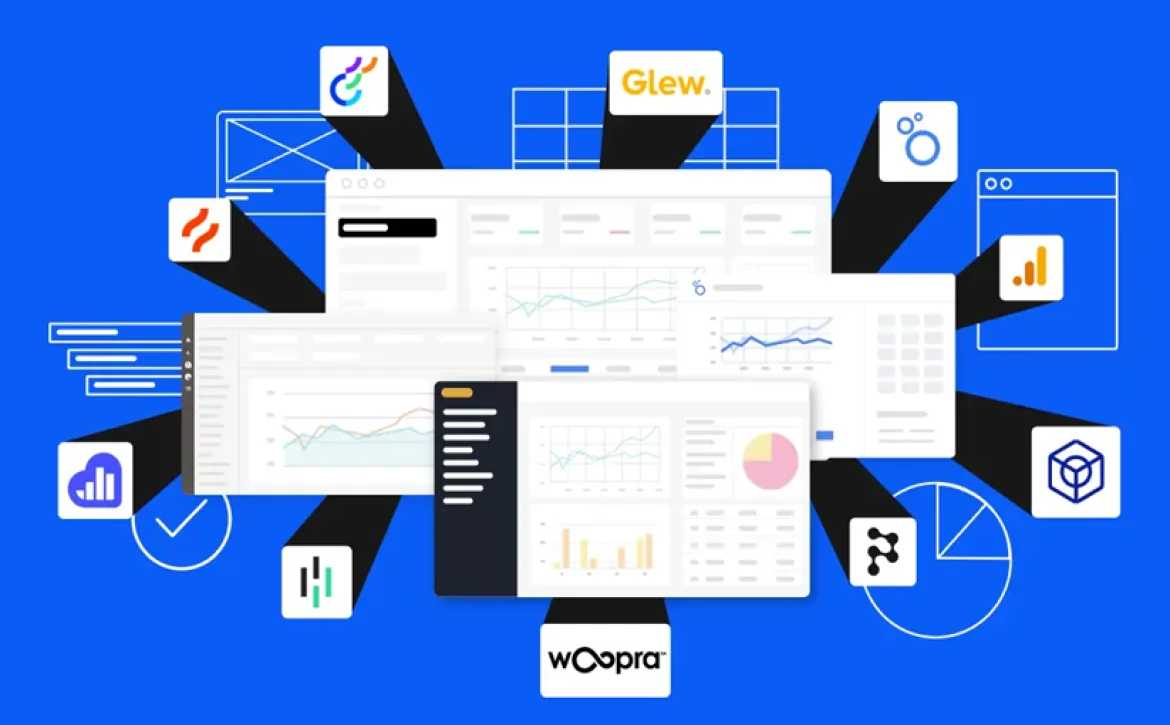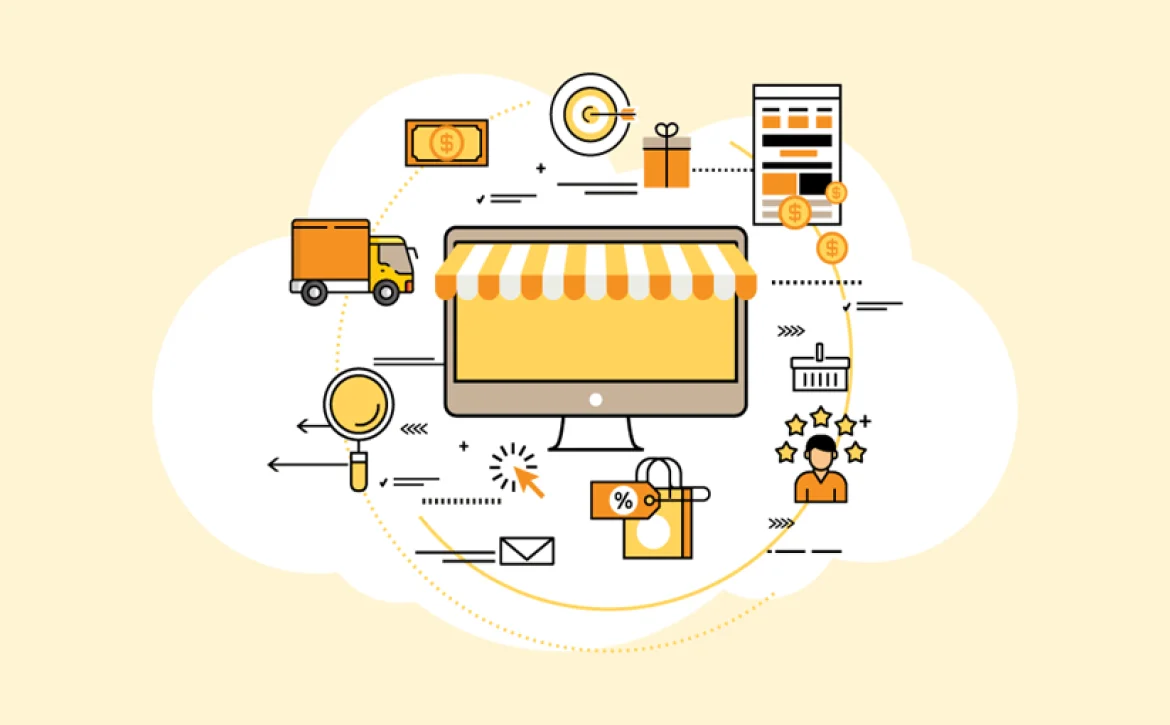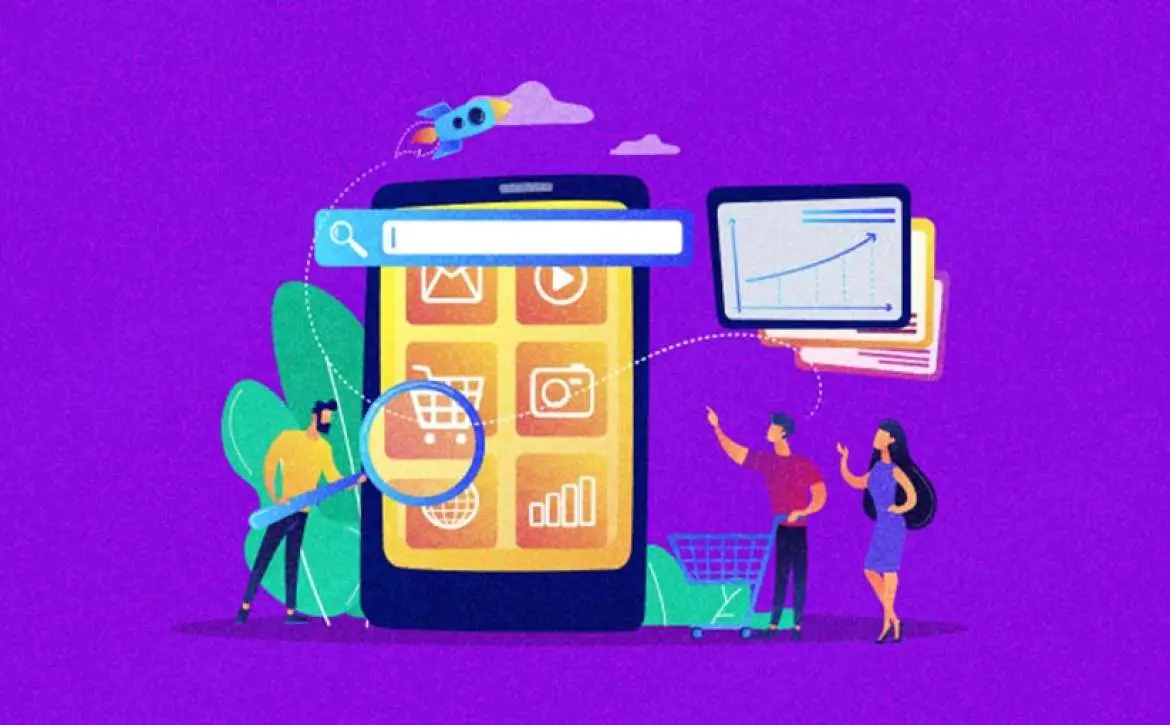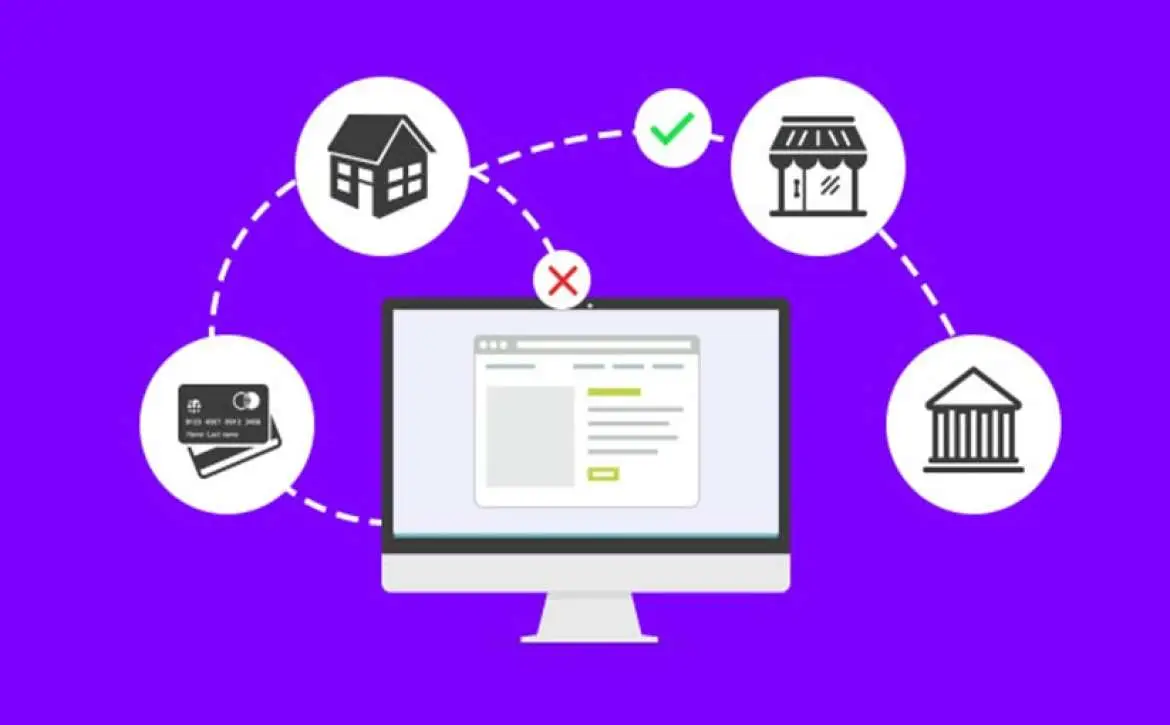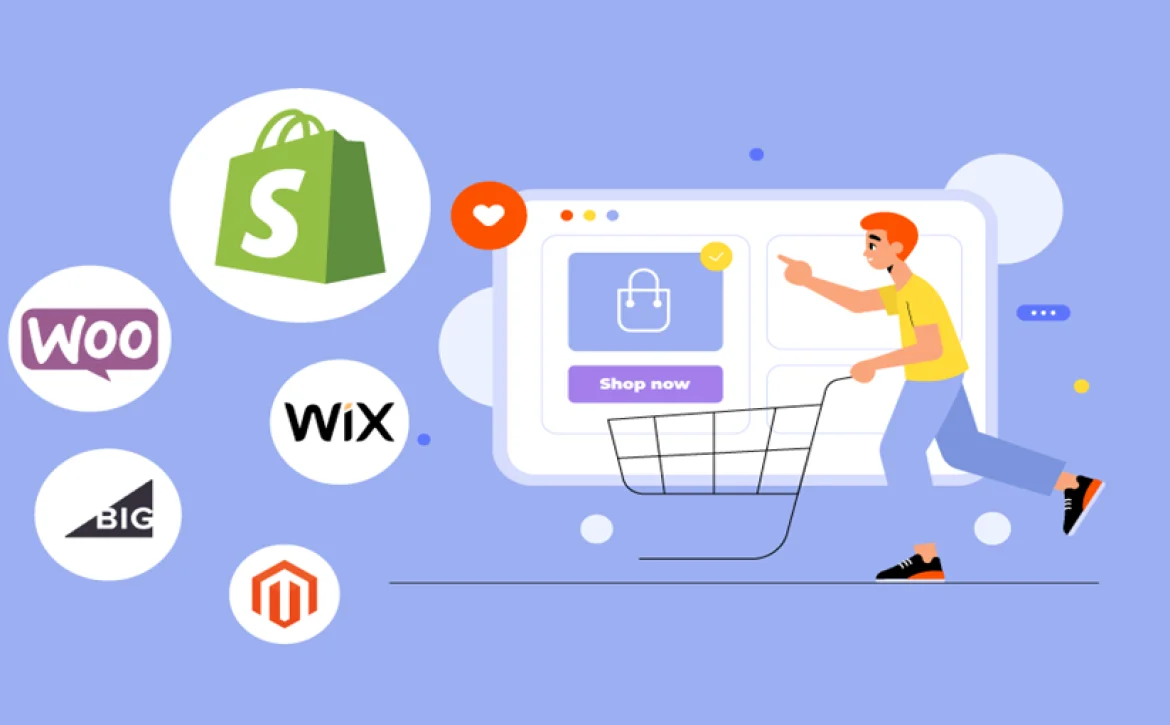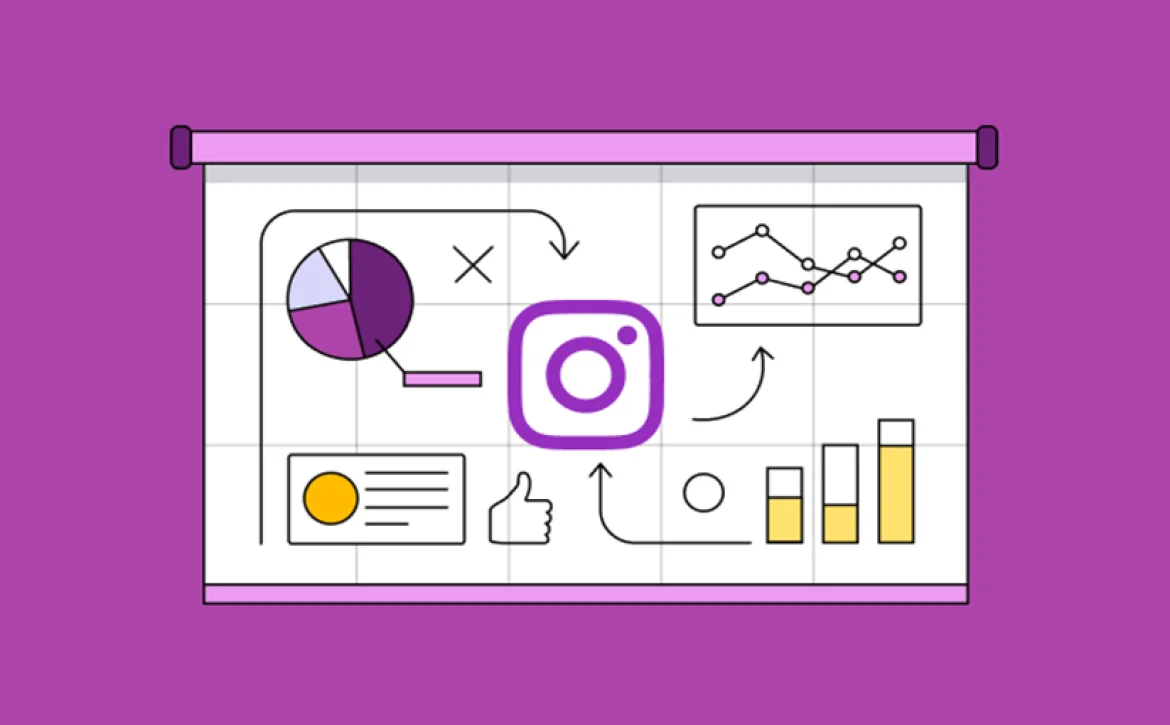Stick Around the Science of E-commerce Customer Retention
Imagine this. You run an e-commerce store. You’ve spent weeks polishing the website, months building your product catalog, and thousands of ads to drive traffic. The dopamine rush kicks in when the first sale comes in. Then the second. Then the tenth. Things are moving. You’re excited. But then, silence. Where did all those happy customers go? E-commerce customer retention: Many e-commerce businesses pour their heart, soul, and budget into acquiring new customers, but forget the golden rule of long-term growth: retention is king. The reality is that retaining customers is often cheaper and more profitable than constantly chasing new ones.
Yet, it remains one of the most overlooked parts of running an online business. Think of E-commerce customer retention as the heartbeat of sustainable success. It’s about keeping them engaged, satisfied, and coming back for more. After all, repeat customers spend more, refer friends, and are far less price-sensitive. This article dives into the science and soul of ecommerce retention. Also explore what makes customers stay, share customer retention examples, examine essential customer retention strategies, and highlight tools that can help you master the art of loyalty. Whether you’re a seasoned store owner or just starting out, this is your blueprint to keep people sticking around. Let’s break it down.
Why E-commerce Customer Retention Matters More Than You Think
Before we explore strategies and tools, let’s get one thing straight. Retention is not just a metric. It’s a mindset. It’s about building a brand that customers want to return to not because of a coupon, but because they genuinely love what you offer. Here’s a stat worth remembering. Increasing your customer retention rate by just 5 percent can boost profits by up to 95 percent. Yes, really. That’s the power of loyalty. Also, acquiring a new customer can cost up to five times more than keeping an existing one. When you focus on customer retention, you stretch your marketing budget further and grow your revenue more predictably.
Real-World Customer Retention Examples That Inspire
Let’s look at how some well-known companies and astute small firms are dominating the E-commerce customer retention market.
1. Amazon’s Subscription Magic
It’s a loyalty engine. With exclusive deals, streaming services, and fast delivery, it gives customers reasons to stay within the Amazon ecosystem. The result? More frequent purchases and off-the-chart retention.
2. Glossier’s Community-First Approach
Glossier turns customers into advocates. Through user-generated content and customer-focused product design, they’ve built a brand that people feel emotionally connected to.
3. E-commerce Customer Retention: Chewy’s Personalized Touch
Pet supply brand Chewy sends handwritten notes and even flowers to customers when their pets pass away. It’s a deeply human touch in a digital world and it has earned them fiercely loyal customers.
These are not just marketing stunts. They’re deliberate strategies built to retain customers and grow long-term value.
Top Customer Retention Strategies That Actually Work
Ready to build your own customer retention playbook? Here are five time-tested strategies that you can start using today.
1. Personalize Every Interaction
Customers don’t want to feel like order numbers. Use names in emails. Recommend products based on their past purchases. Tailor promotions to their behavior.
2. Build a Killer Loyalty Program
Offer points, perks, or exclusive access. Make customers feel rewarded for sticking around. Whether it’s discounts, early access to new products, or surprise gifts, a strong loyalty program keeps people engaged and excited.
3. Send Post-Purchase Follow-Ups
Don’t let the conversation end at checkout. Send thank-you emails. Ask for feedback. Suggest complementary products. Keep the door open for ongoing communication.
4. Turn Customer Service into a Superpower
Fast, friendly, and proactive customer service can turn problems into opportunities. Use live chat, respond on social media, and resolve issues with empathy.
5. Automate Smartly
Use tools to automate reminders, win-back campaigns, and re-engagement messages. Just make sure it doesn’t feel robotic. The best automations feel like thoughtful nudges, not annoying spam.
How to Measure Your Customer Retention Rate
The retention rate is then multiplied by 100 to get a percentage. For instance, if a month started with 100 customers, 30 new ones were added, and ended with 110, the retention rate would be 80 percent. A higher retention rate indicates more customers staying engaged and returning, crucial for long-term growth in e-commerce. Regular tracking helps identify patterns, identify issues early, and make informed decisions to improve retention performance.
E-commerce Customer Retention Tools You Need in Your Arsenal
The right tools can make retention a breeze. Here are some must-haves:
1. Klaviyo or Mailchimp
For automated email flows, behavior-based campaigns, and post-purchase sequences that feel personal.
2. Yotpo or Smile.io
These platforms help you build loyalty and referral programs that reward repeat customers and encourage sharing.
3. Gorgias or Zendesk
For customer support that’s fast, friendly, and efficient. Keep all communication in one place to resolve issues quickly.
4. Hotjar or Crazy Egg
Know where people are dropping off and optimize accordingly.
5. Recharge or Bold Subscriptions
If you offer subscriptions, these tools help manage renewals, reminders, and upgrades without a hitch.
To conclude, e-commerce customer retention isn’t a checkbox on your marketing list. It’s the soul of your brand. It’s the difference between chasing transactions and building relationships. Between surviving one month and thriving year after year. The science of retention is really the art of making people feel seen, valued, and appreciated. That’s what makes them stick around. They bring others along. Such devotion is crucial in the crowded world of e-commerce. Therefore, don’t celebrate the funnel’s closure the next time you make a sale. Commemorate the start of a journey. Because the best is still to come when you concentrate on retention.



